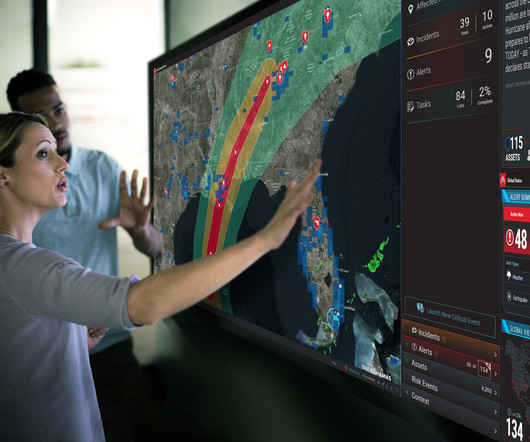Acute hazards & expanding ESG regulations: how organizations can succeed in the face of new challenges
everbridge
APRIL 20, 2023
Acute hazards pose a significant threat to organizations, as they can disrupt business operations, endanger employees, and lead to substantial financial losses. This is particularly pertinent given the growing threat of climate change, which is likely to increase the frequency and severity of acute hazards.




















Let's personalize your content